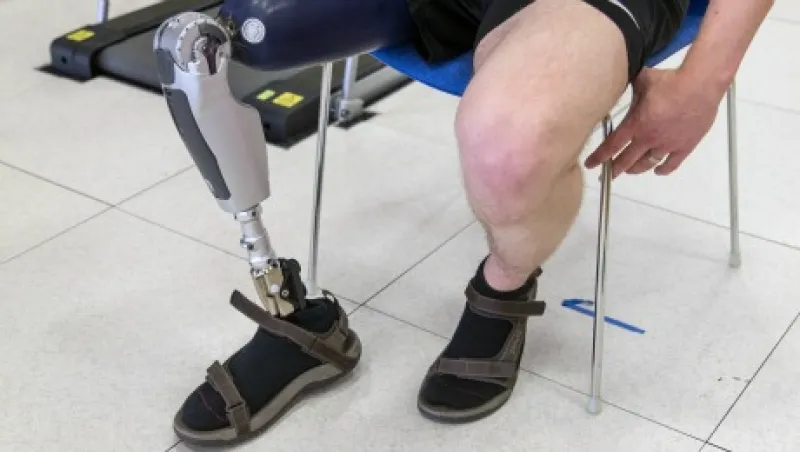These days it can seem like there are only two kinds of movies about the future. In one kind, we go to space and then something awful happens (Gravity, Interstellar). In the other kind, we make a robot and then something awful or at least pretty sad happens (Ex Machina, Her). The Martian, which opened in early October, seems to combine both kinds: Many early reviews have objected that its protagonist, Mark (played by Matt Damon), is both an astronaut and an automaton. Mark is experiencing extraordinary privation — he’s stuck on Mars alone, and has to grow all his own food for four years — but despite that demoralizing fact, he shows no personality and doesn’t do anything except science. No character development, just extremely clever problem solving.
But what if The Martian wants to suggest (intentionally or not) that it’s not such a bad thing to be a little robotlike? The distinction between humans and computers has already begun to shift with the help of developments in artificial intelligence: Other films (The Imitation Game, Her again) feature characters whose brains work like — or are — operating systems. This column, too, has already explored the phenomenon of quantified self, which helps people monitor their biological processes and turn that information into workable data, as well as the 3-D bioprinting techniques that may turn out the first synthetic organs. But there are other, similar developments in what’s called bionic technology that will help us directly replace anything we’ve lost to injury or disease or simply lack because of a birth defect. As a field for investors, bionic technology is both rapidly expanding and possesses the potential to radically improve human life by blurring the line between people and machines even further.
Last year bloggers at Robohub announced that three bionic exoskeleton companies had gone public. NASA technology that once sent spaceships to the moon now helps propel the muscles in certain artificial limbs. Stanford University teams have recently announced startling success in creating electronic skin (similar, perhaps, to the humanlike skin worn by the robots in Ex Machina). At the moment the technology seems most immediately useful as an extremely flexible and durable sensor. Stanford scientists have suggested that electronic skin patches could be attached to the arm to test blood pressure continuously, increasing the sensitivity of field testing and perhaps saving lives.
Indeed, bionic eyes are already available for some patients; a model manufactured by the Sylmar, California–based company Second Sight Medical Products was approved by the Food and Drug Administration in 2013. A small video camera in the company’s Argus II retinal prothesis system stimulates nerves in the eye through a retinal implant, restoring functional vision to sufferers of the disease retinitis pigmentosa. The system uses a wearable visor display, but investors interested in the development of prosthetic optics might expect an in-socket camera to appear sooner or later, since silicon cameras have already been developed to mimic the shape of the eye. (Stanford leads the field here, too, with research into solar-powered bionic eyes that wouldn’t need a headset or battery pack.)
The problem with many of these systems lies in connecting skin, eyes, legs or any other bionic body part to the human nervous system: A good solution for this particular issue would revolutionize the field. But there are some workable solutions: iLimbs, built by U.K.-based Touch Bionics, respond to the activation of electrodes in a silicone sleeve. Patients can learn to trigger the electrodes, moving the fingers or the wrist of an artificial hand with great delicacy. Those interested in developments in bionic technology should also keep a close eye on the Modular Prosthetic Limb developed at Johns Hopkins University, not least because the team there has had success implanting a control mechanism called a neural interface directly into a human brain.
The latest research in brain-computer interfaces is currently being conducted in the European Union by an organization called Horizon 2020. Its work has already shown significant progress in helping us understand how the brain controls the limbs and how to provide paralyzed patients with feedback and sensation from replacement hands. In the years to come, we’re certain to see more progress in bionic tech — and we might even see those with replacement limbs far exceed the capabilities of able-bodied people, including Matt Damon and many of the other robots we’ve seen in the movies.





